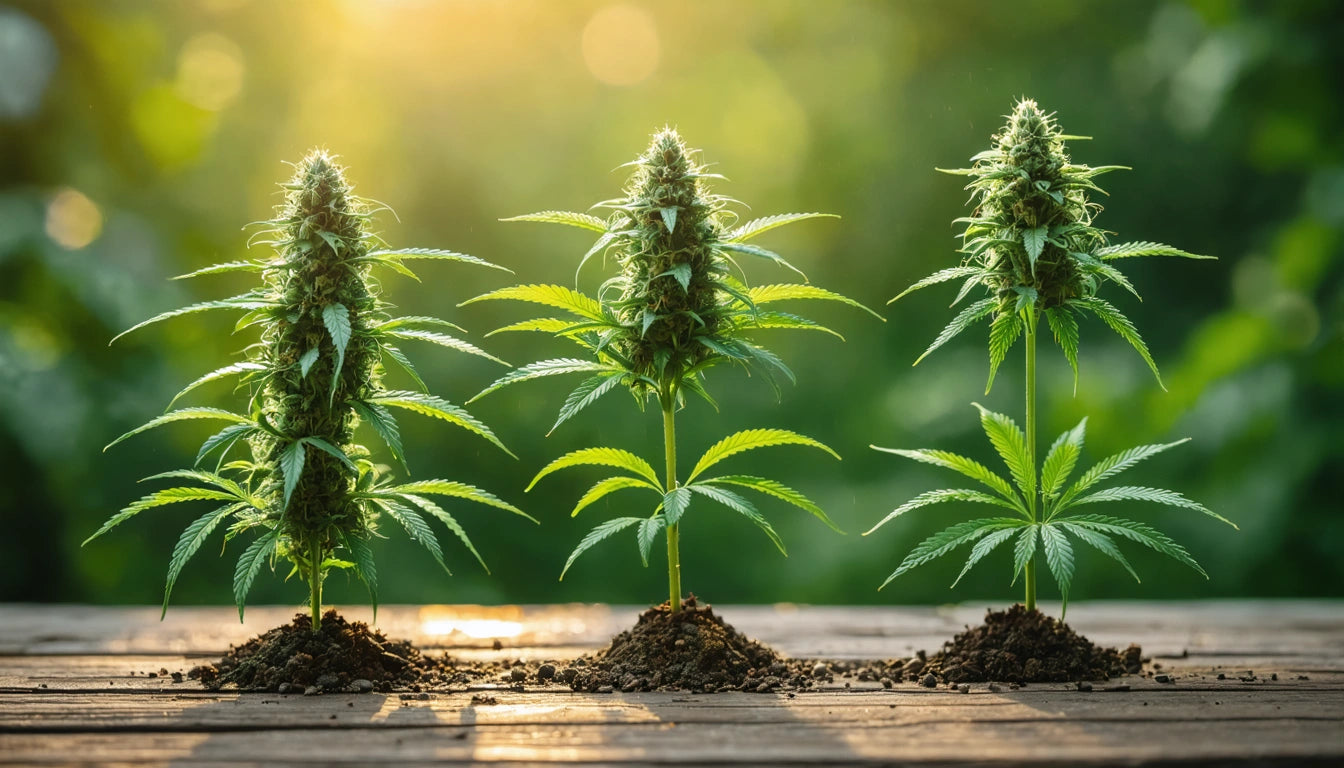Table of Contents
- THC Vape Composition: Do THC Vapes Contain Nicotine?
- The Evolution of THC Vapes: When Did They Enter the Market?
- The Scent Profile of THC Vapes: Do They Produce a Smell?
- Health Considerations: Impact of THC Vapes on Lung Health
- Comparing Harms: THC Vapes vs. Nicotine Vapes
- Future Considerations for THC Vape Users and the Industry
Understanding THC Vapes: Composition, Origins, Risks, and Comparisons to Nicotine Vapes
THC vapes have rapidly gained popularity in the cannabis market, offering consumers a discreet and convenient way to consume cannabis. However, many questions surround these devices regarding their composition, history, sensory properties, and health implications. This comprehensive guide addresses common questions about THC vapes to provide clarity for consumers and industry professionals alike.
THC Vape Composition: Do THC Vapes Contain Nicotine?
One of the most common questions is whether THC vapes contain nicotine. The simple answer is no, THC vapes do not inherently contain nicotine. These are two distinct product categories with different active ingredients:
- THC vapes contain cannabis extracts with tetrahydrocannabinol (THC) as the primary active compound
- Nicotine vapes contain nicotine extracts derived from tobacco or synthesized in laboratories
According to this detailed breakdown of THC compounds, THC vape cartridges typically contain cannabis distillate or other concentrated forms of cannabis oil. These concentrates may include various cannabinoids and terpenes but are completely separate from nicotine-based products.
Some manufacturers may produce hybrid or dual-purpose products, but these represent a tiny fraction of the market and are clearly labeled as containing both compounds. Standard THC vape products from licensed dispensaries do not contain nicotine.
The Evolution of THC Vapes: When Did They Enter the Market?
THC vapes began emerging in the mid-2000s but gained significant traction around 2010-2012. The evolution of these products closely followed innovations in nicotine vaping technology, with specialized adaptations for cannabis concentrates.
Key milestones in THC vape development include:
- 2003-2006: Early adaptations of e-cigarette technology for cannabis use
- 2010: First dedicated THC oil cartridges appear in medical markets
- 2013-2015: Widespread adoption in early recreational markets like Colorado and Washington
- 2016-2018: Standardization of 510-thread cartridges and pod systems
- 2018-Present: Advanced technology focusing on temperature control, full-spectrum extracts, and improved safety features
The rise of THC vapes coincided with growing acceptance of cannabis and innovations in extraction technology. As extraction methods improved, manufacturers could create cleaner, more potent oils specifically designed for vaporization.
The Scent Profile of THC Vapes: Do They Produce a Smell?
Do THC vapes smell? Yes, THC vapes do produce an odor, though it's typically less intense and persistent than combusted cannabis. This comprehensive guide on vape aromas explains that several factors influence the scent profile:
- Terpene content: Higher terpene concentrations produce stronger aromas
- Vaporization temperature: Higher temperatures release more aromatic compounds
- Extract type: Live resin and full-spectrum extracts have more pronounced cannabis scents than distillate
- Environment: Ventilation, humidity, and air circulation affect odor dissipation
Unlike smoke, which can linger for hours or days, vapor typically dissipates within 15-30 minutes in a well-ventilated space. For consumers concerned about discretion, specialized odor-proof storage solutions can help contain any residual smells from devices when not in use.
Health Considerations: Impact of THC Vapes on Lung Health
Are THC vapes bad for your lungs? This question requires nuanced consideration. Research on long-term effects is still emerging, but several factors influence potential health impacts:
Potential Lung Health Concerns
- Cutting agents: Earlier products often contained potentially harmful thinning agents like vitamin E acetate (linked to EVALI outbreaks in 2019)
- Heating elements: Poor quality hardware may release heavy metals when heated
- Residual solvents: Improperly purged extracts may contain traces of extraction solvents
- Temperature: Excessively high temperatures can create harmful byproducts
According to this safety guide for THC vape users, regulated market products have become significantly safer since 2019, with stricter testing requirements for contaminants and harmful additives.
However, any form of inhalation introduces compounds to the lungs that may cause irritation or other effects, particularly with heavy, long-term use. Medical professionals generally consider vaporization less harmful than smoking but not risk-free.
Comparing Harms: THC Vapes vs. Nicotine Vapes
Are THC vapes as harmful as nicotine vapes? This comparison involves several considerations:
Key Differences in Health Impact
- Addiction potential: Nicotine is highly addictive, while THC has lower addiction potential for most users
- Frequency of use: Nicotine vapes are typically used throughout the day, while THC vapes are often used less frequently
- Cardiovascular effects: Nicotine causes immediate cardiovascular effects including increased heart rate and blood pressure
- Respiratory irritation: Both can cause respiratory irritation, though through different mechanisms
The legal status of these products also affects safety profiles. As noted in this state-by-state legal guide, regulated THC products undergo mandatory testing in legal markets, potentially reducing certain risks compared to unregulated products.
It's important to note that both product types can vary dramatically in quality and safety. Products from regulated markets with rigorous testing requirements generally pose fewer health risks than unregulated or counterfeit products.
Future Considerations for THC Vape Users and the Industry
As the cannabis vape market continues to evolve, several important developments are shaping its future:
- Solventless extracts: Growing popularity of rosin and other solventless concentrates for vaping
- Hardware innovations: Ceramic heating elements and adjustable temperature controls reducing harmful byproducts
- Minor cannabinoid formulations: Increased interest in compounds like THCV and other cannabinoids beyond THC
- Standardized testing: More comprehensive testing protocols for contaminants and potency verification
For consumers, making informed choices about THC vape products involves considering product source, manufacturing transparency, third-party testing, and personal health factors. The safest approach is using regulated products from licensed manufacturers who provide comprehensive test results.
Whether for medical or recreational purposes, understanding the composition, origins, potential risks, and comparative safety of THC vapes empowers users to make choices aligned with their health priorities and consumption preferences.











Leave a comment
All comments are moderated before being published.
This site is protected by hCaptcha and the hCaptcha Privacy Policy and Terms of Service apply.